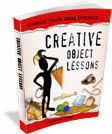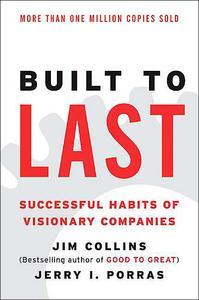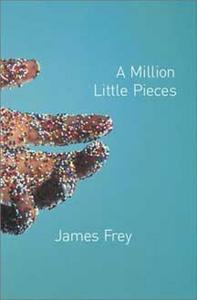“Cheese” is a metaphor for what we want in life. We each define our own cheese, and pursue it because we believe it will make us happy. When we do find it, we often become attached to it and complacent.
Once, long ago, there lived 4 little characters who ran through a maze looking for cheese to nourish them and make them happy. Each has a different attitude in their quest to acquire Cheese.
Sniff and Scurry are mice. Sniff is good at “sniffing out” Cheese, and Scurry excels at “scurrying” after the Cheese once he knows where it is. The two mice don’t really think about things, they simply react.
Hem and Haw, are little people. They are always thinking, learning and using past experience. Sometimes it holds them back, and sometimes it allows them to go forward.
Every morning, the mice and the little people dress in their running gear and travel the maze to a large store of Cheese. Hem and Haw eventually move their homes closer to it and build a life around it.
One day, when the cheese disappears, Sniff and Scurry aren’t surprised. Since they had noticed the quality and supply of cheese had been going down, they were prepared for the inevitable and were quickly off in search of New Cheese.
Unlike the simple mice, Hem gets angry and waits for the cheese to reappear. Haw is fearful and confused, but he’s willing to venture out because he knows that “Movement In A New Direction Helps You Find New Cheese.”
As Haw ventures out, he paints a picture in his mind. He sees himself in great realistic detail, sitting in the middle of a pile of all his favorite cheeses-from Cheddar to Brie! The more clearly he sees the image of himself enjoying New Cheese, the more real and believable it becomes. He writes on the wall: “Imagining Myself Enjoying New Cheese, Even Before I Find It, Leads Me To It.”
The story ends with Scurry, Sniff and Haw enjoying new cheese. Hem is sitting back at the original place, waiting for the cheese to come back. He is frustrated and angry that someone took away his world. He is not willing to go forward, not willing to challenge himself and do what he knows he needs to do. He hasn’t learned that “It Is Safer To Search In The Maze Than Remain In The Cheeseless Situation.”
The story of “Who Moved the Cheese?” is very simple. Change happens in life whether you expect it or not. We must keep moving with the changes. When change comes, we have to venture outside of our comfort zone, move beyond our fears, and get a clearer picture of what we want. If we can learn to enjoy and embrace change we can then savour the adventure and the taste of new cheese.
Are you willing to move out of your comfort zone and into the place God has for you?
Adapted from ‘Who Moved My Cheese?’ by Dr. Spencer Johnson.
 MORE IDEAS? See “Creative Object Lessons”
MORE IDEAS? See “Creative Object Lessons”
200 page e-book that explains everything you need to know when planning your very own object lessons. It contains 90 fully developed object lesson ideas and another 200 object lesson starter ideas based on Biblical idioms and Names / Descriptions of God.

 Yes it’s a book about building a lasting organization. Don’t be too quick to discard it, it’s got gems that will help you build yourself as a leader. So whether you’re a cell leader, team leader, manager, CEO, pastoral staff, ministry head or Pastor read this book to find our how you can leave behind a legacy.
Yes it’s a book about building a lasting organization. Don’t be too quick to discard it, it’s got gems that will help you build yourself as a leader. So whether you’re a cell leader, team leader, manager, CEO, pastoral staff, ministry head or Pastor read this book to find our how you can leave behind a legacy.
